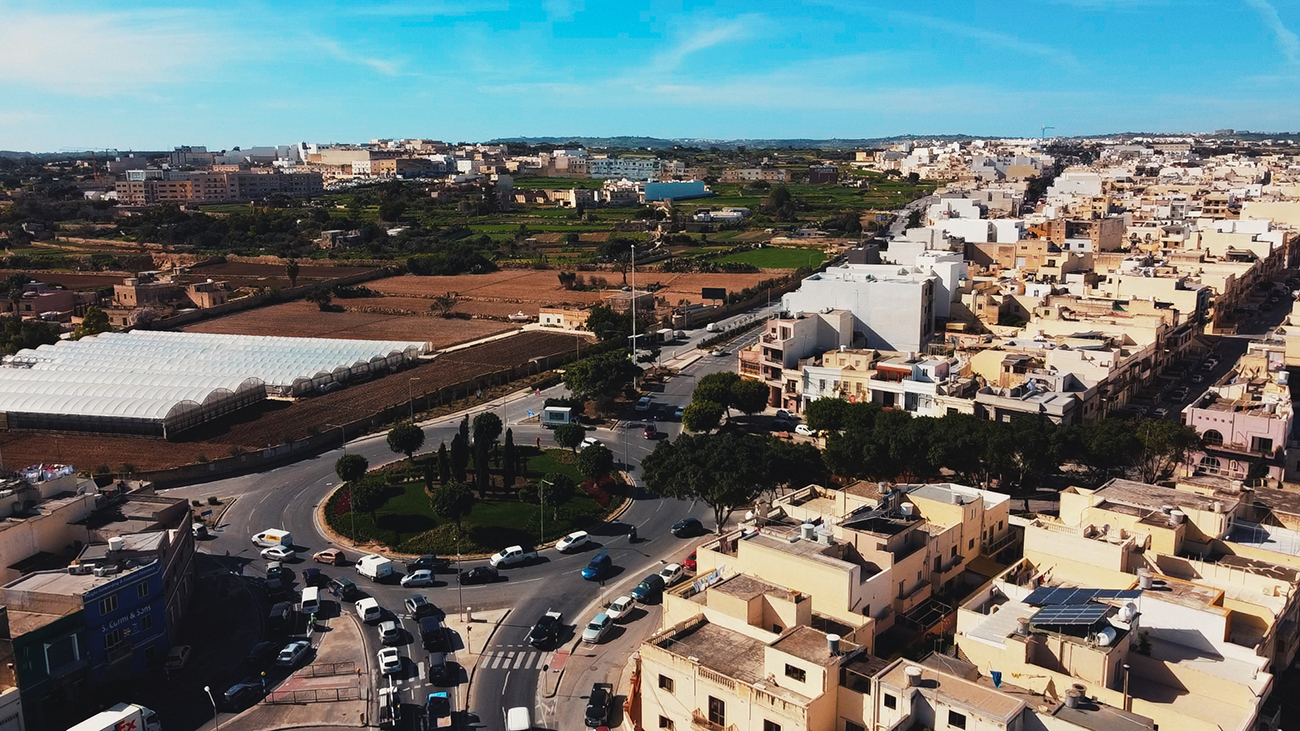Qormi
History
Qormi, one of Malta’s oldest and most historically rich towns, is situated in the central region of the island. Its history dates back to ancient times, with evidence of settlements from the Roman period. The town, known in Italian as “Città Pinto,” played a significant role during the medieval era as a major hub for agriculture and commerce. Qormi was well-regarded for its strategic location, which facilitated trade and interaction with neighboring regions.
During the 16th and 17th centuries, the Knights of St. John made notable contributions to Qormi’s development. The town’s architecture from this period includes several baroque churches and historic buildings, reflecting its importance within the Maltese archipelago. Key historical sites include the Church of St. George and the Old Parish Church, both showcasing Qormi’s rich cultural heritage.
Nightlife in Qormi
While Qormi is known for its historical and cultural significance, it also boasts a vibrant nightlife. The town’s central location means it enjoys proximity to various entertainment venues. The local nightlife scene is a blend of traditional Maltese charm and modern entertainment options. Popular spots include cozy bars, traditional Maltese taverns, and contemporary nightclubs. Locals and visitors alike gather at these venues to enjoy live music, themed parties, and social gatherings.
In recent years, Qormi has seen an influx of trendy establishments that cater to younger crowds, making it an appealing destination for those looking to experience Maltese nightlife beyond the more tourist-centric areas of Valletta and St. Julian’s. The town’s relaxed atmosphere and friendly locals further enhance its appeal as a nightlife destination.
Modern status of Qormi
Today, Qormi is a thriving town that balances its historical roots with modern development. The town has expanded significantly, with new residential and commercial projects enhancing its infrastructure. It serves as an essential administrative and economic center within the Maltese Islands. Modern amenities such as shopping centers, schools, and healthcare facilities contribute to its appeal as a desirable place to live and work.
Qormi is well-connected by public transport and major road networks, making it easily accessible from other parts of Malta. This connectivity, combined with its rich history and community spirit, has cemented Qormi’s status as a dynamic and appealing town for both residents and visitors.
overview
Real Estate in Qormi
The real estate market in Qormi reflects the town’s dual appeal of historical charm and modern convenience. Property options range from traditional Maltese townhouses and historic residences to contemporary apartments and modern villas. This variety attracts a diverse range of buyers, from young professionals to families seeking a blend of tradition and modernity.
Property prices in Qormi are generally more affordable compared to the more tourist-heavy areas of Malta, making it an attractive option for those seeking value in the Maltese property market. The town’s ongoing development and investment in infrastructure have led to increased property demand, further enhancing its appeal.
In conclusion, Qormi is a town that beautifully marries its rich historical legacy with contemporary living. Its vibrant nightlife, modern amenities, and diverse property market make it a compelling choice for those looking to experience the best of Malta’s heritage and modern lifestyle.

BUY
Properties For Sale in Qormi
RENT
Properties For Rent in Qormi
Localities
Discover other Maltese localities
Take a deep dive and browse the Maltese localities and local insights to see if the homes for sale/rent are right for you.